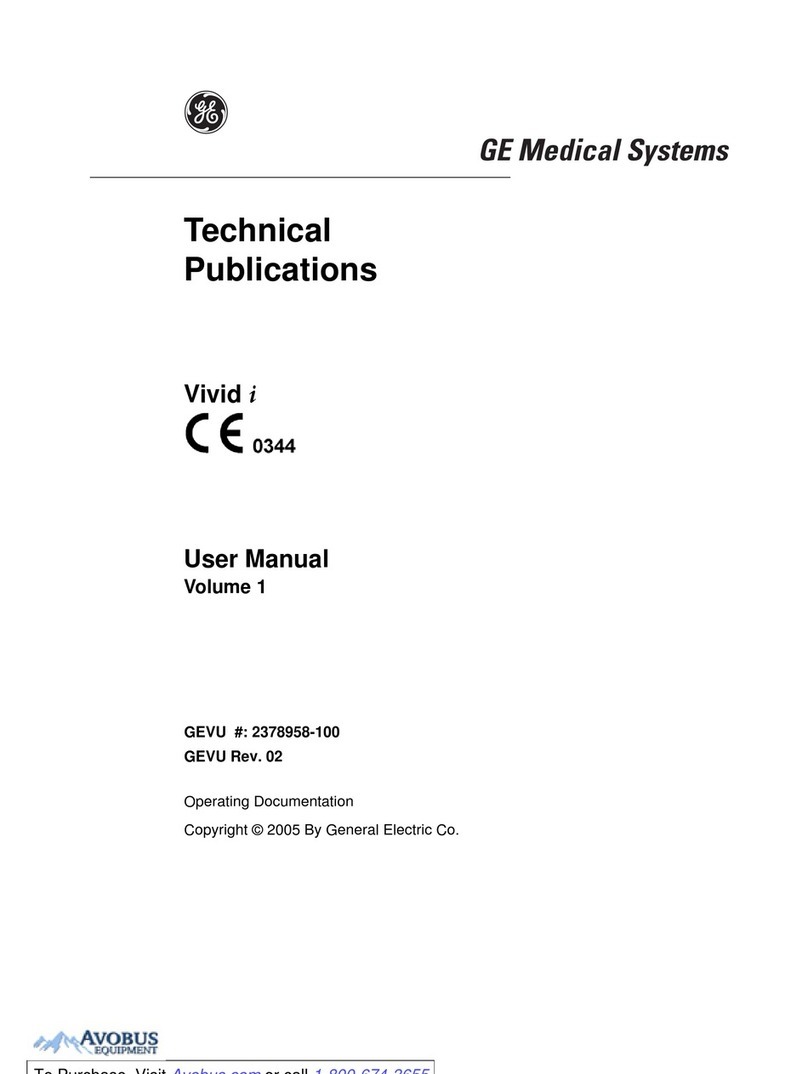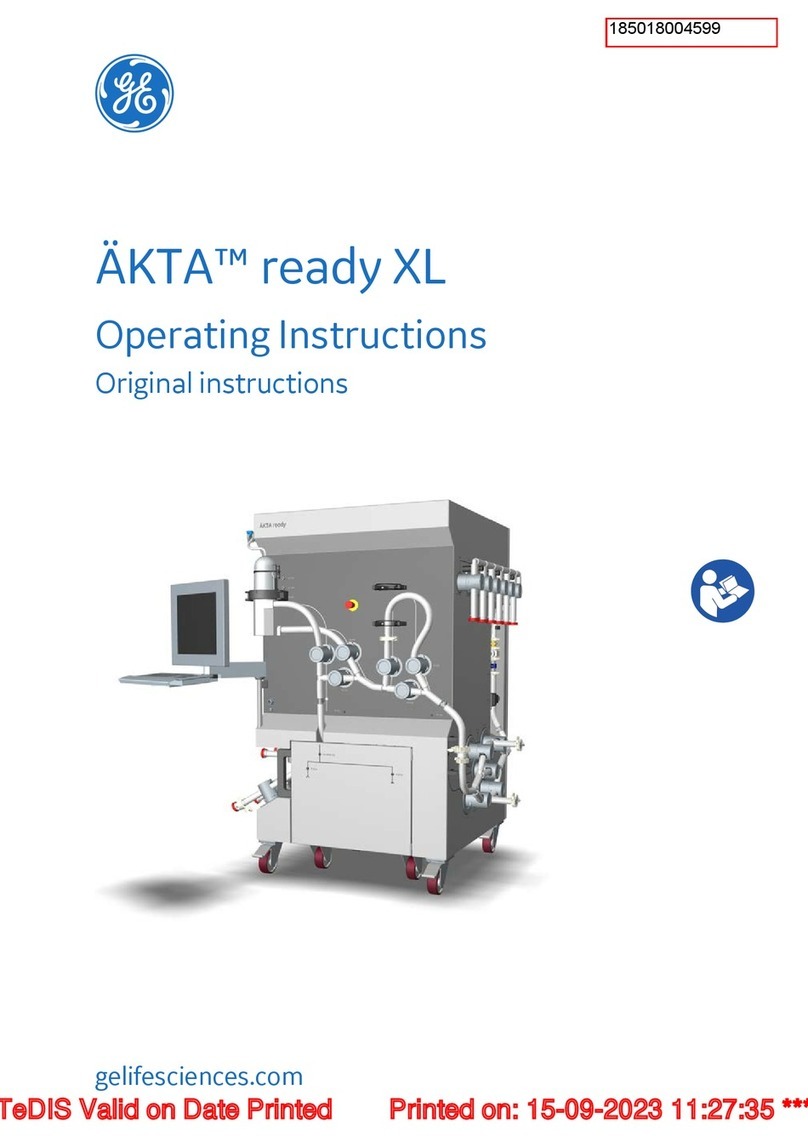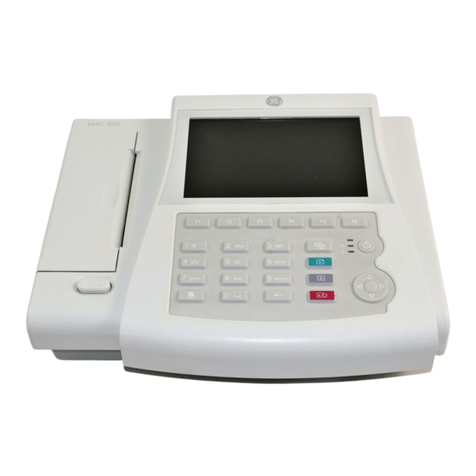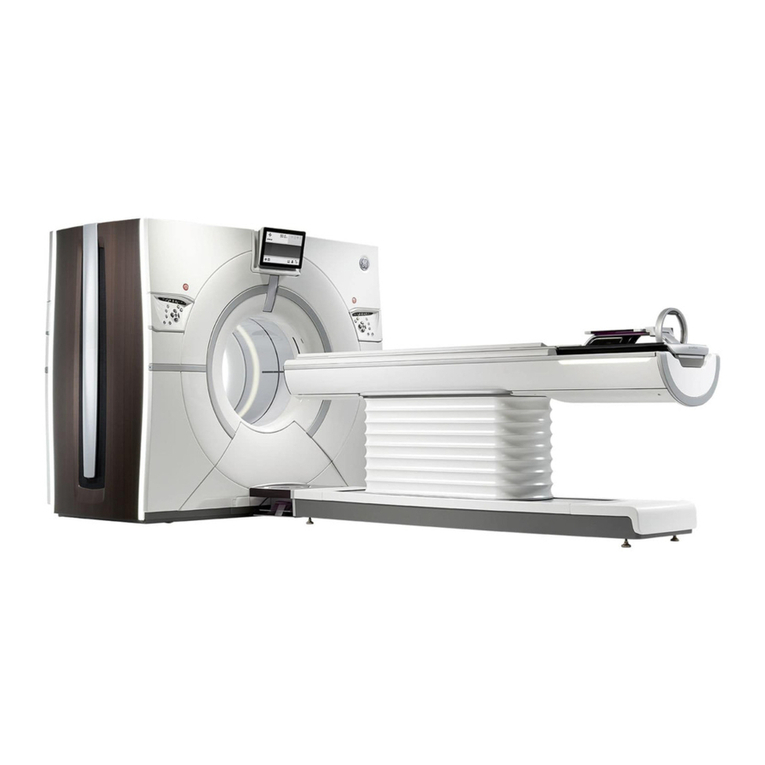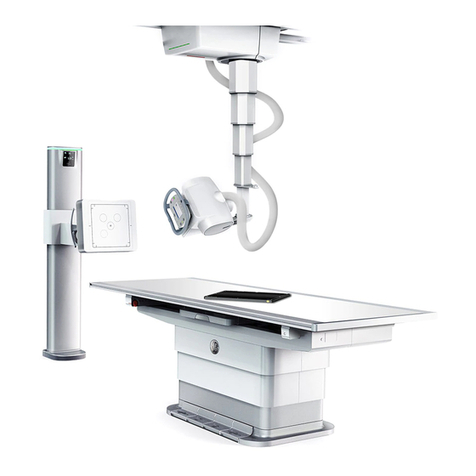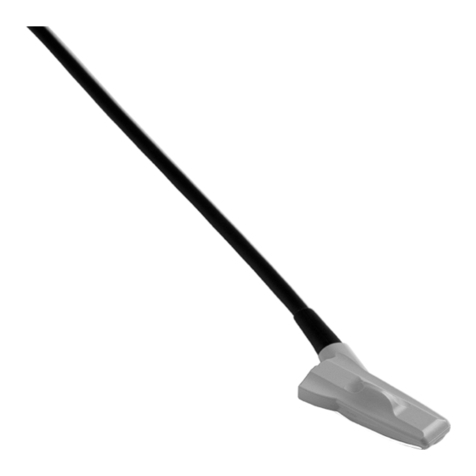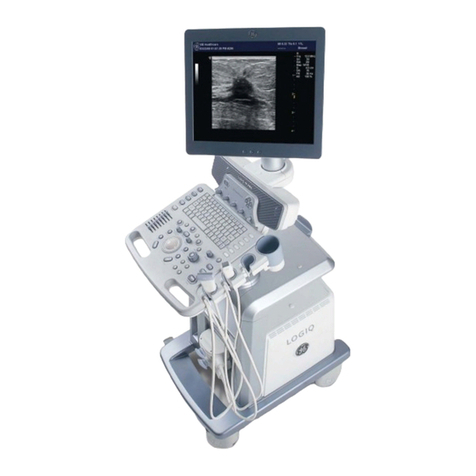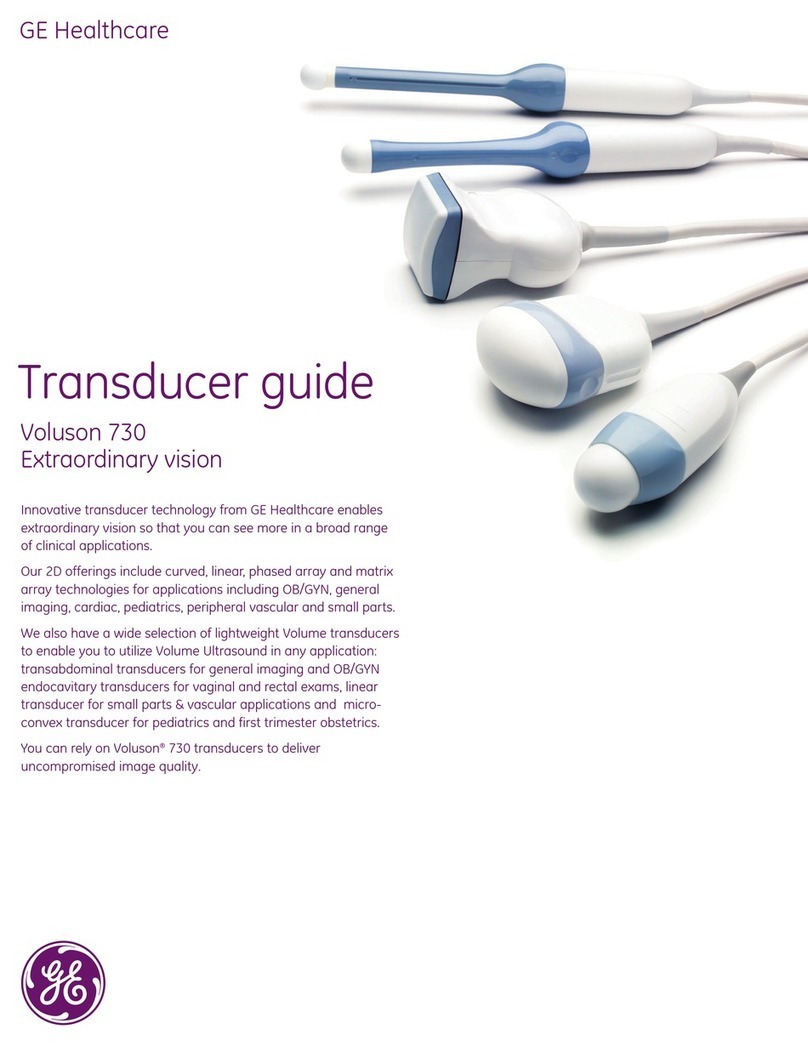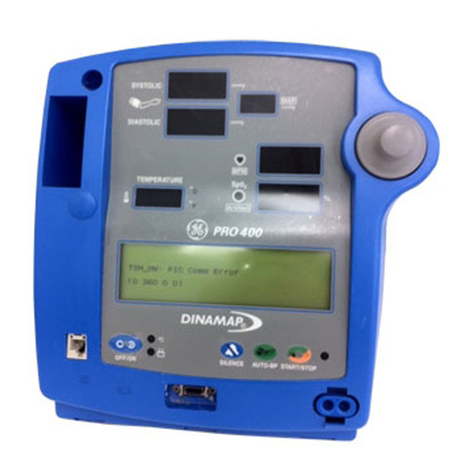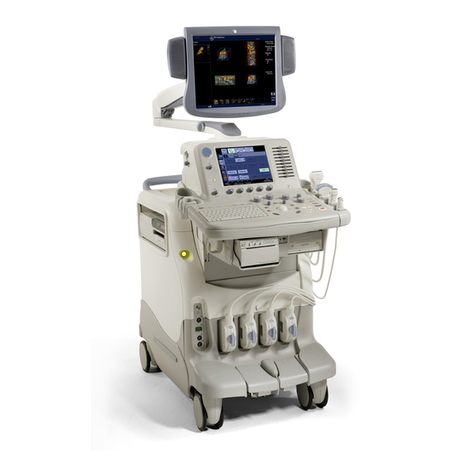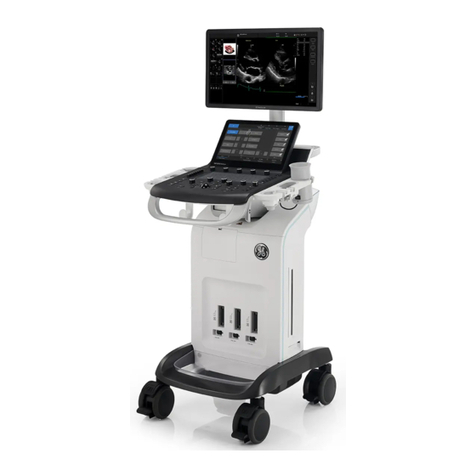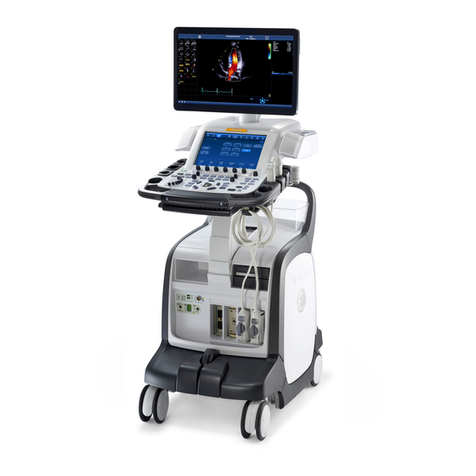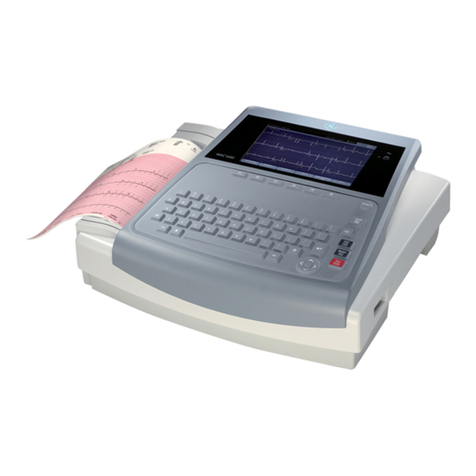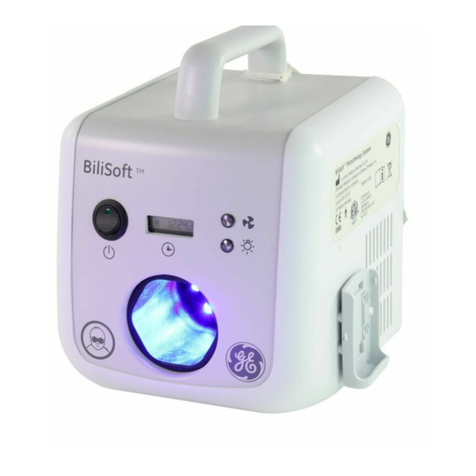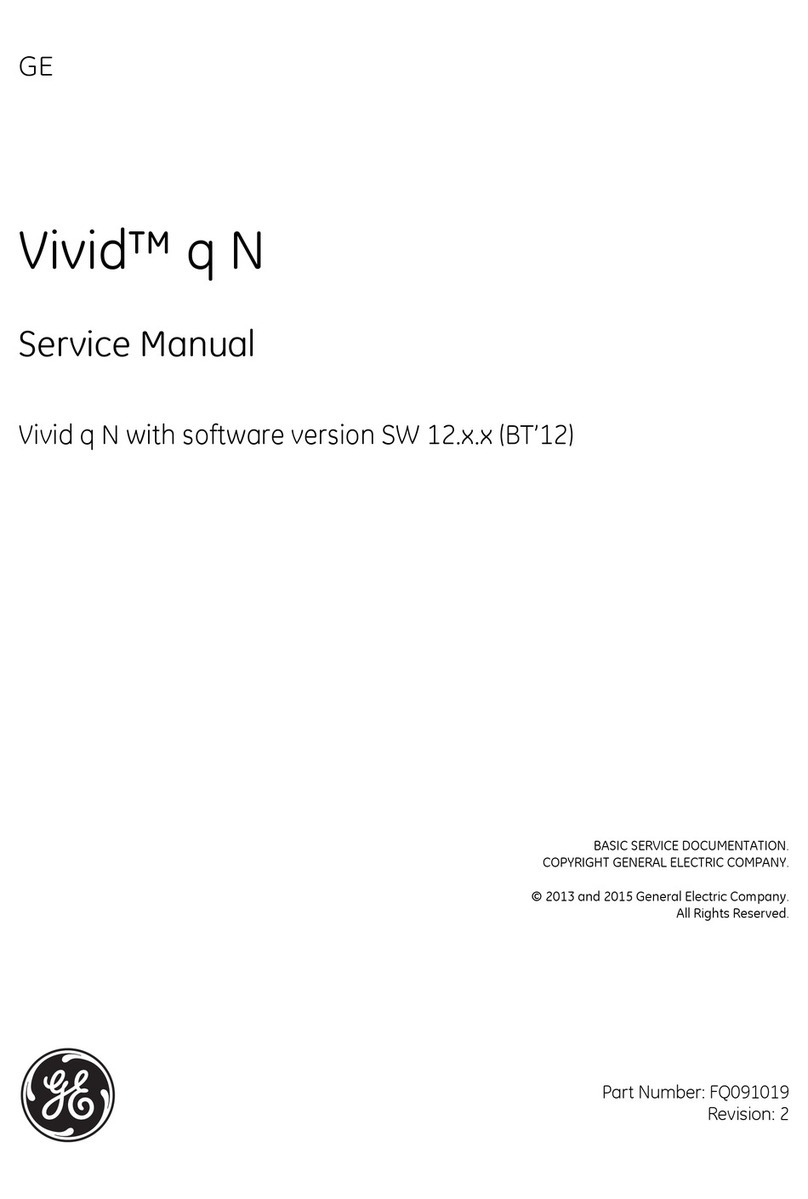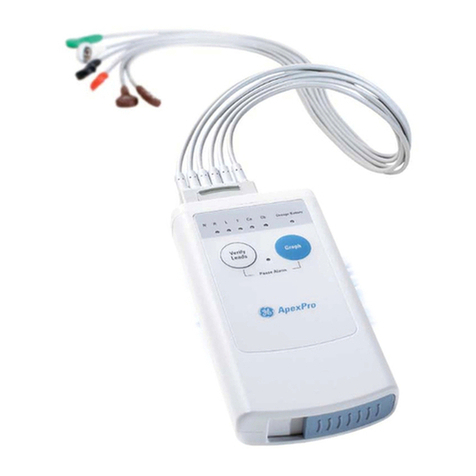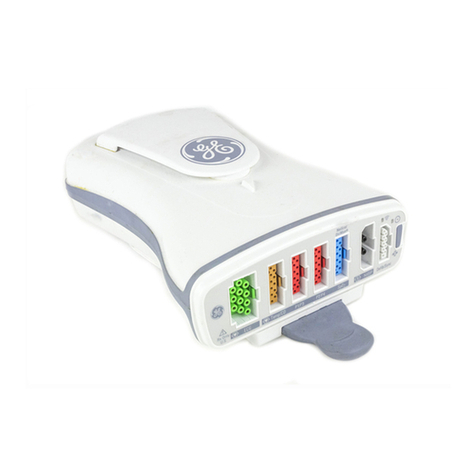
General Information
2001589-312 Revision B TONOPORT VI 5
General Information
The product TONOPORT VI bears the CE marking
CE 0482 (notified body MEDCERT GmbH) since
2017 indicating its compliance with the provisions of
the Council Directive 93/42/EEC about medical
devices (including amendment 2007/47/EC) and
fulfills the essential requirements of Annex I of this
directive. It has an internal power source and is an
MDD class IIa device. The device fulfills the
requirements of the Directive 2011/65/EU of the
European Parliament and of the Council. The cuffs
listed in chapter 10 are class I devices and fulfill the
General Safety and Performance Requirements of
Annex I of the Regulation (EU) 2017/745 (Medical
Device Regulation MDR). They are marked with the
CE symbol.
It has a type BF applied part.
The product fulfills the requirements of the standard
EN/IEC 60601-1 "Medical Electrical Equipment, Part
1: General Requirements for Basic Safety and
Essential Performance" as well as the electromagnetic
immunity requirements of the standard EN/IEC
60601-1-2 "Medical electrical equipment – Collateral
standard: Electromagnetic compatibility –
Requirements and tests" and applicable amendments.
The product is clinically validated. The validation
fulfills the standard ISO 81060-2:2013 " Non-
invasive sphygmomanometers - Part 2: Clinical
investigation of automated measurement type" and
the protocol ESH-IP 2010 from the European Society
of Hypertension.
The radio-interference emitted by this product is
within the limits specified in CISPR11/EN 55011,
class B.
The TONOPORT VI recording unit, cuffs and
wearable pouch are certified by UL and thus fulfil the
UL safety requirements.
The CE marking covers only the accessories listed in
the "Order Information" chapter.
This manual is an integral part of the equipment. It
should be available to the equipment operator at all
times. Close observance of the information given in
the manual is a prerequisite for proper equipment
performance and correct operation and ensures
patient and operator safety. Please note that
information pertinent to several chapters is given
only once. Therefore, carefully read the manual
once in its entirety.
The symbol means: Follow the instructions
given in the operator manual. It indicates points
which are important to avoid faulty measurements or
injuries like strangulation of the arm.
This manual reflects the equipment specifications and
applicable safety standards valid at the time of
printing. All rights are reserved for devices, circuits,
techniques, software programs, and names appearing
in this manual.
On request GE Healthcare will provide a Field
Service Manual.
The safety information given in this manual is
classified as follows:
To ensure patient safety and interference-free
operation and to guarantee the specified measuring
accuracy, we recommend using only original
accessories available through GE Healthcare. The
user is responsible for application of accessories from
other manufacturers.
Any serious incident occurring in relation to the
device should be reported to the manufacturer and the
competent authority of the Member State in which the
user and/or patient is established.
Danger
indicates an imminent hazard. If not avoided, the
hazard will result in death or serious injury.
Warning
indicates a hazard. If not avoided, the hazard can
result in death or serious injury.
Caution
indicates a potential hazard. If not avoided, the haz-
ard may result in minor injury and/or product/prop-
erty damage.






